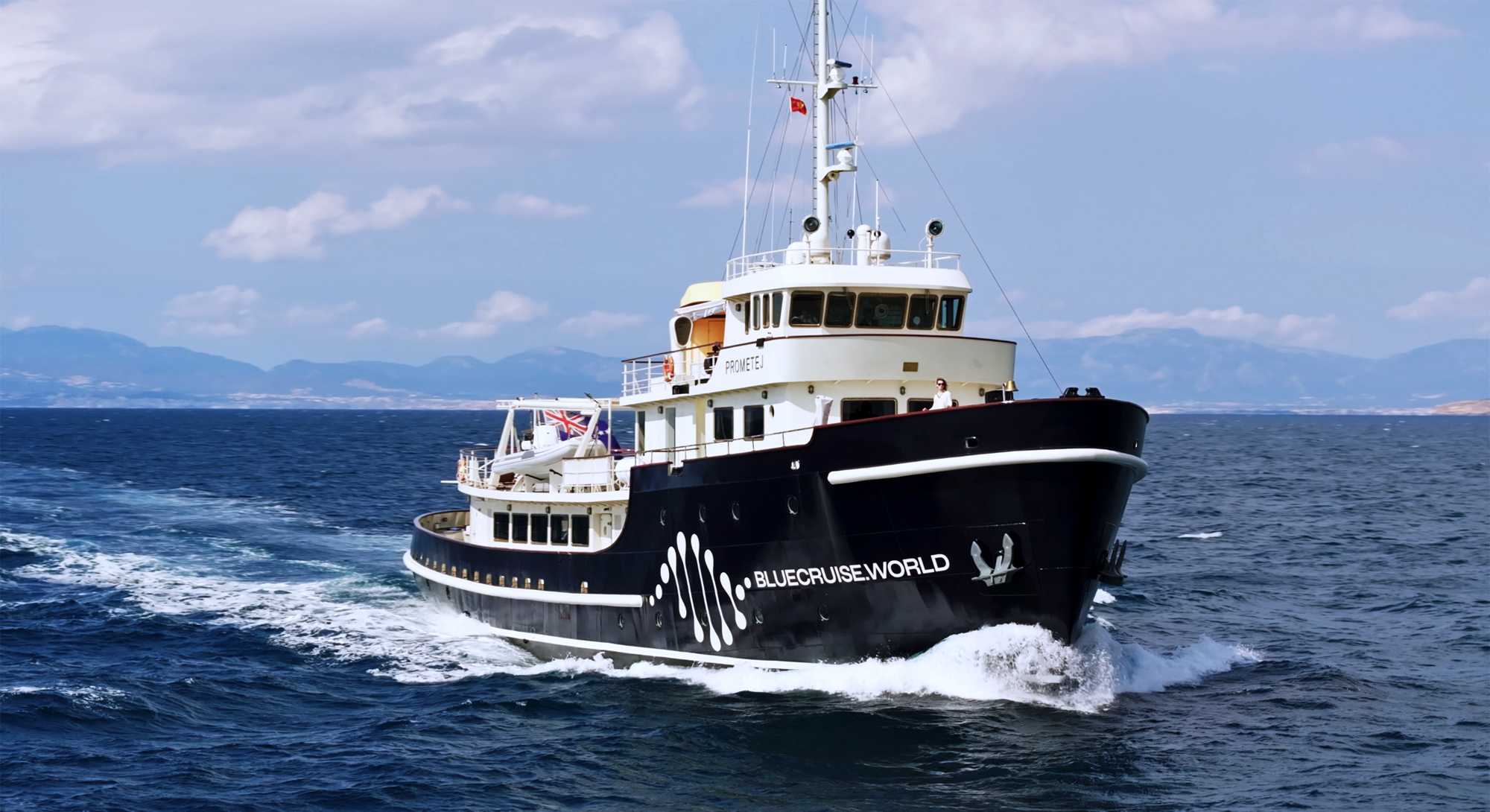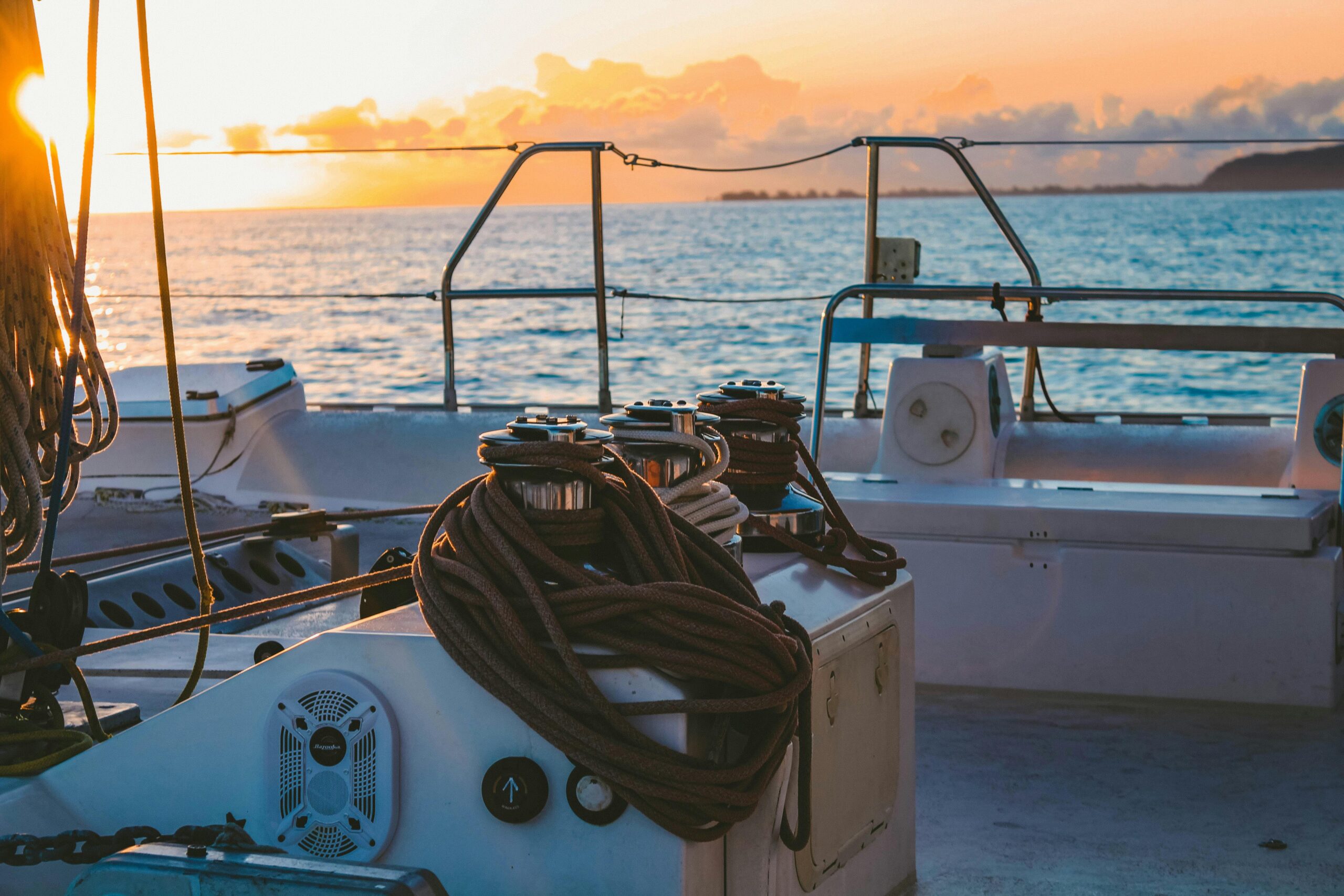One of the biggest challenges in the shipping industry is a rise in operational costs. Soaring prices can be attributed to unpredictable oil pricing, inflation, and supply chain disruptions. Additionally, the demand for shipping seems to be exceeding the capacity to meet it, which only compounds all of the aforementioned issues. Addressing these problems will require innovative and sustainable long-term solutions, with wingsail technology leading the charge. This technological advancement will enable maritime professionals to both protect their bottom lines and reduce the overall environmental impact of their operations..
What Makes Wingsail Technology Sustainable?
Harnessing the power of the wind is a time-honoured tradition in the shipping industry. Technological advancements over the past 150 years have shifted the industry away from this renewable and clean natural resource, but it is making a comeback.
Wind energy is widely available and easily accessible. However, taking advantage of it and using it efficiently requires special equipment. Unlike fossil fuels, it does not require investing in brand-new engines or a complete vessel overhaul. Instead, wingsails can be retrofitted onto existing vessels, making the transition less of a hindrance and more of a practical and cost-efficient decision. This transition is further facilitated by a relatively quick installation time (a few days for smaller rigs to a few short weeks for larger setups).
Wingsails can also be integrated into marine solar systems to further reduce a vessel or fleet’s carbon footprint. This is a significant boon for companies that wish to curb their emissions and lower their total cost of ownership.
Further Benefits Of Wingsail Technology
Similar in design and function as an aeroplane wing, a wingsail works by improving lift-to-drag ratio and making a vessel more aerodynamic. This allows the vessel to move slightly faster and experience less overall resistance from wind and water. This in turn improves fuel economy by lowering the amount of fuel required to move a vessel and allowing the vessel to travel further on its fuel reserves. A feasibility study carried out by the Maritime Technology Department of the University of Malaysia in 2010 demonstrated that solar-assisted wingsail technology can reduce annual operational costs and power consumption by up to 20%.
An industry that relies on tight schedules and predictability cannot depend on fossil fuels forever. Unpredictable fluctuations in the pricing of fossil fuels make it both a costly and unsustainable long-term resource. Wingsails reduce the reliance of maritime vessels on this increasingly expensive resource, making the technology a dependable supplement to already existing solutions.
Another important aspect of this technology is that it allows ships to utilise the previously mentioned benefits while also conforming to international maritime regulations and standards, such as those set out by the International Maritime Organisation (a specialised agency under the United Nations). One of the most pertinent pieces of legislation passed by the IMO has been MARPOL 73/78 (the International Convention for the Prevention of Pollution from Ships, 1973 as modified by the Protocol of 1978), which governs maritime pollution and sets out fines for entities that break with the standards set out by the convention. Lower pollution levels lead to lower fines and thus a lower total cost of ownership.
Boat Equipment With A Promising Future
Wingsail technology has a promising future. From improving fuel economy to reducing long-term reliance on fossil fuels, it has firmly cemented its role as an essential component of boat equipment in the years to come.
The Dubai International Boat Show is one of the most popular trade shows in the industry. Attend this year’s event to learn more about advances in wingsail technology and the future of boating.





